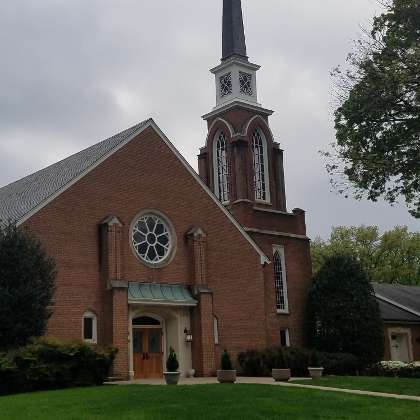Best Practices for Cleaning and Preserving Sacred Church Interiors

Churches are not only places of worship but are also sacred spaces that often contain valuable artifacts and intricate architecture. Preserving these spaces requires a careful and respectful approach to cleaning. This blog outlines the best practices for cleaning and maintaining church interiors to ensure they remain both spiritually and physically pristine for generations to come.
Understanding the Unique Needs of Church Interiors
Church interiors often feature a variety of materials, including wood, stone, glass, and metal, each requiring specific care to avoid damage. Additionally, many churches house historic artifacts and artwork that are susceptible to degradation if exposed to harsh chemicals or improper cleaning techniques.
Tailored Cleaning Protocols for Sacred Spaces
1. Use Gentle Cleaning Solutions: Harsh chemicals can damage delicate surfaces like stained glass, polished wood, and painted artwork. Opt for pH-neutral cleaners that effectively clean without causing harm. Always test cleaning solutions on a small, inconspicuous area before applying them to larger surfaces.
2. Regular Dusting and Vacuuming: Dust and debris can accumulate quickly in large spaces like churches. Regular dusting and vacuuming are essential to maintain the interior aesthetics and prevent the buildup of materials that could scratch surfaces or degrade the quality of decorative elements.
3. Special Care for Stained Glass and Artwork: Stained glass and religious artwork require careful handling. Use microfiber cloths and specialized cleaning agents designed for glass and delicate surfaces. Avoid direct sunlight exposure during cleaning to prevent thermal shock and cracking.
4. Preserving Woodwork: Many churches feature intricate woodwork that can be vulnerable to drying and cracking. Use wood-specific cleaners and conditioners that preserve the moisture and integrity of the wood. Regular maintenance is key to preventing long-term damage.
5. Handling Textiles and Upholstery: Churches often contain various textiles, including banners, upholstery, and carpets. Clean these fabrics with appropriate tools and cleaners to prevent fading and wear, particularly in high-use areas like pews and altars.
6. Annual Deep Cleans: Schedule an annual deep clean to address areas that are not part of the regular cleaning routine. This includes high ceilings, chandeliers, and hard-to-reach corners that accumulate dust and cobwebs.
7. Professional Assessment for Antique Preservation: Consult with professionals who specialize in the preservation of historical artifacts and interiors. They can provide guidance on maintaining and restoring items to ensure they are not damaged by environmental factors or cleaning processes.
8. Training for Cleaning Staff: Ensure that all individuals involved in the cleaning process are trained on the specific needs and sensitivities of working within a sacred space. This includes understanding the spiritual significance of the area and the physical handling of sacred objects.
Maintaining the sanctity and beauty of church interiors is a delicate task that requires thoughtful practices and a deep respect for the space. By adhering to these best practices, churches can preserve their historical and spiritual significance, ensuring they remain welcoming and revered spaces for all who visit.
Maintain the reverence and beauty of your sacred space with WellNest Professional Cleaning. Serving Alexandria, Arlington, VA, and surrounding areas, we understand the unique needs of church interiors. Contact us at (571) 749-2121 for respectful and professional cleaning services tailored to your church’s requirements.